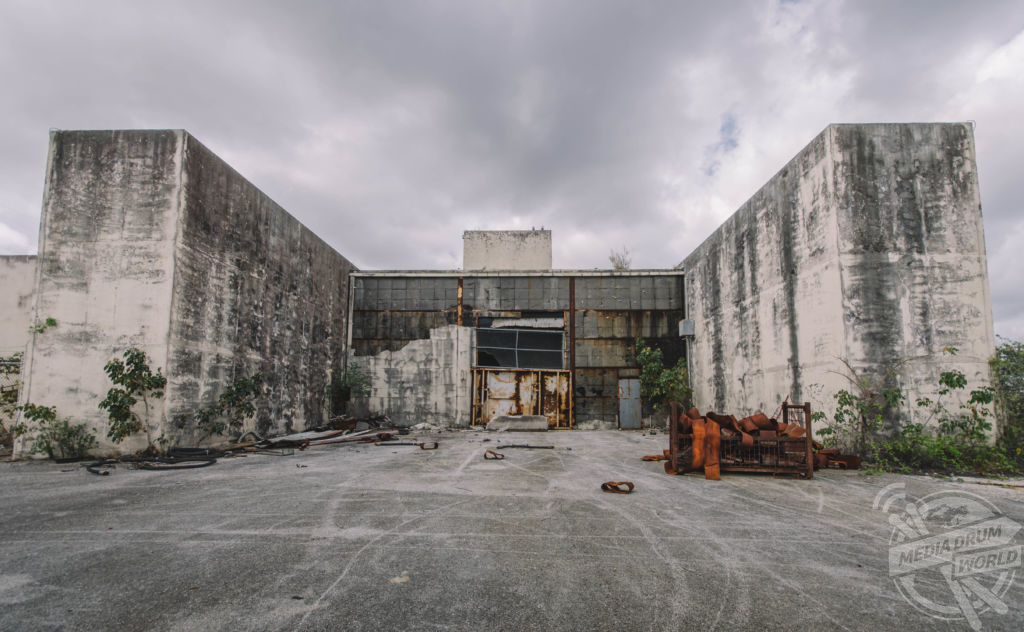By Mark McConville
PEEK INSIDE the abandoned rocket development facility that once competed to design the spacecraft that would take NASA to the moon.
Eerie images show the huge abandoned site, with NASA emblazoned on the side of test silo, the crumbling interior with the ceiling falling down and paint peeling off the walls.
Other striking shots show a chain link fence topped with barbed wire warning of no admittance, graffiti on the walls and exposed metal work and pipes.
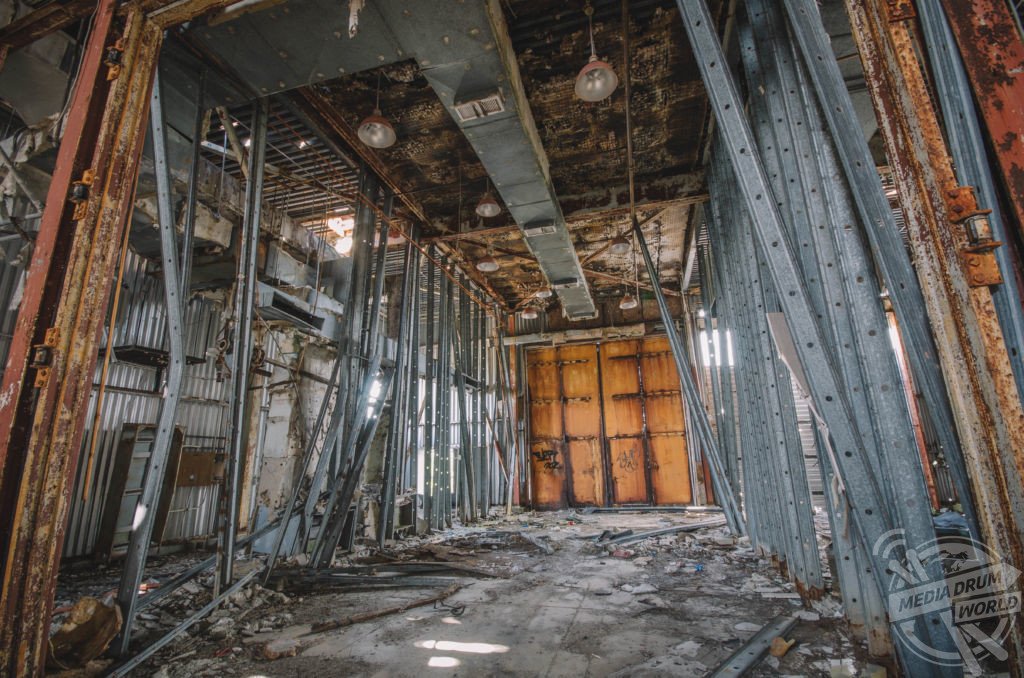
The stunning photographs were taken at the Aerojet Dade Rocket Development Facility by a photographer known as Bullet.
“NASA and the United States were looking to get to the Moon before the Russians did,” he said.
“This facility was built in the 60s by Aerojet to design and construct a rocket which would do just that.
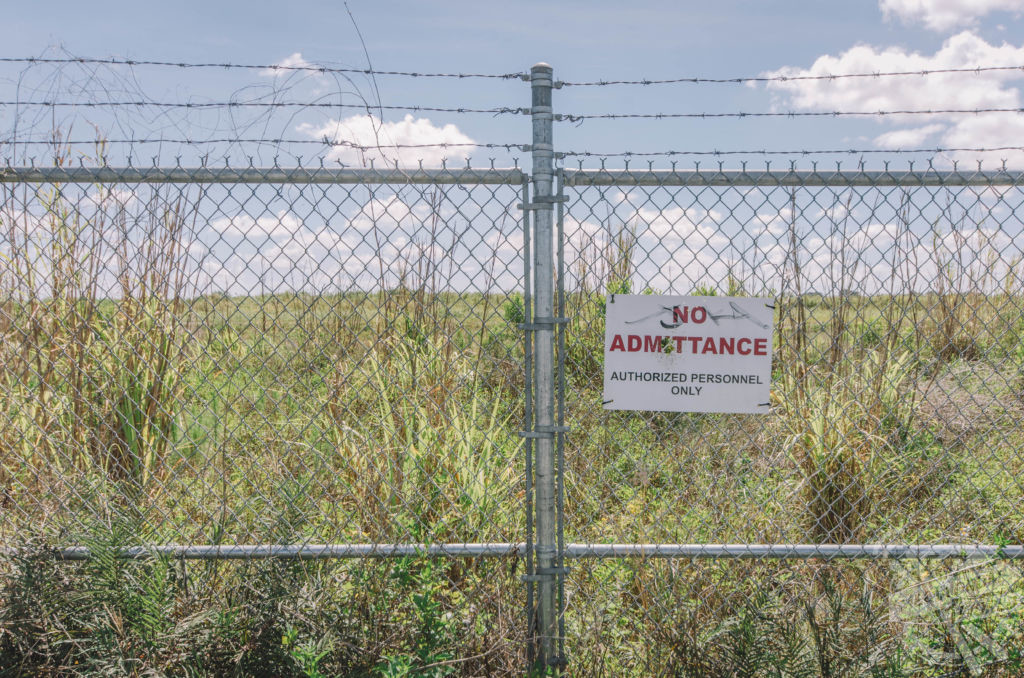
“But of course, there were many other companies doing the same thing so Aerojet was opening to win a contract by NASA to build the rockets for them by first showing them a working model.
“Many people can’t believe that there is a place so close to Miami that manufactured rockets and also, that still has one of the test motors still there in the silo.”
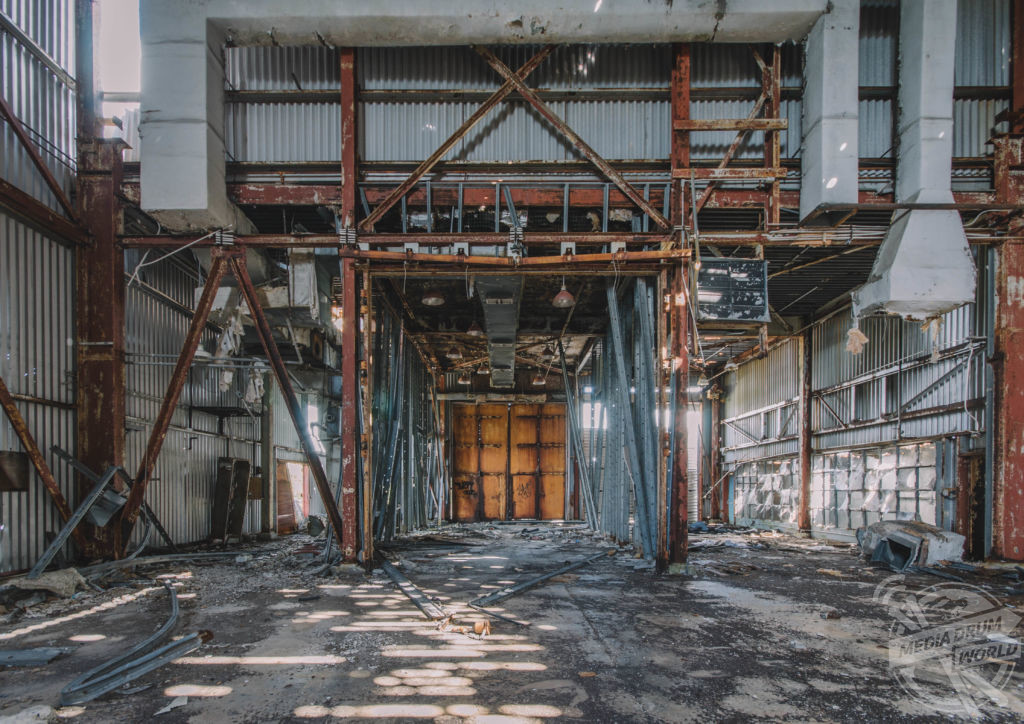
Aerojet solid fuel technology was under consideration for use in Apollo’s Saturn V first stages. In 1963, the U.S. Air Force provided Aerojet General with $3 million in funding to start construction of a manufacturing and testing site several miles southwest of Homestead, Florida.
A monolithic, 21-foot-diameter (6.4 m) rocket motor was designed, which was too big to be transported by rail. A plan was devised where the rocket motors would be transported by barge to Cape Canaveral. To facilitate barges, a canal was dug (C-111) and a drawbridge installed for the U.S. Highway 1 crossing at mile marker 116.
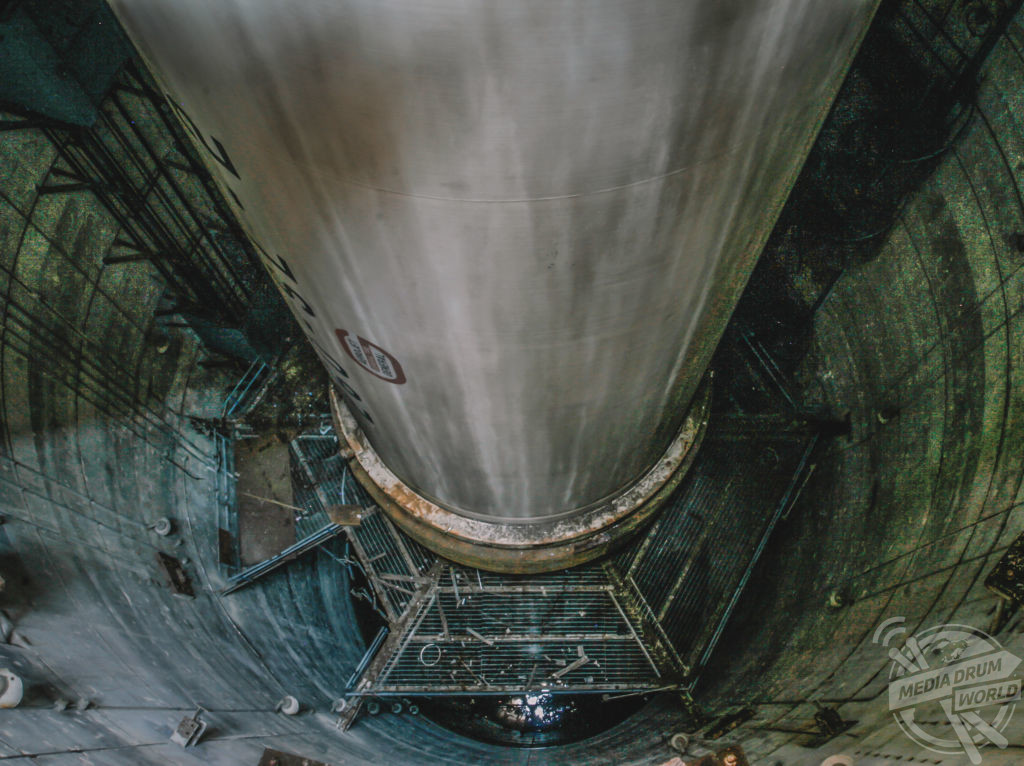
This canal became the southernmost freshwater canal in Southeast Florida and was dubbed the “Aerojet Canal”. A concrete silo was constructed for the rocket motor, 180 feet deep into the Everglades.
By 1969, NASA had decided to go with liquid-fueled engines for the Saturn V rockets, causing the workers of the Everglades plant to be laid off and the abandonment of the facility. In 1986, after NASA had awarded the Space Shuttle booster contract to Morton Thiokol of Utah, Aerojet sued the State of Florida, exercised its options and pulled out of South Florida for good.
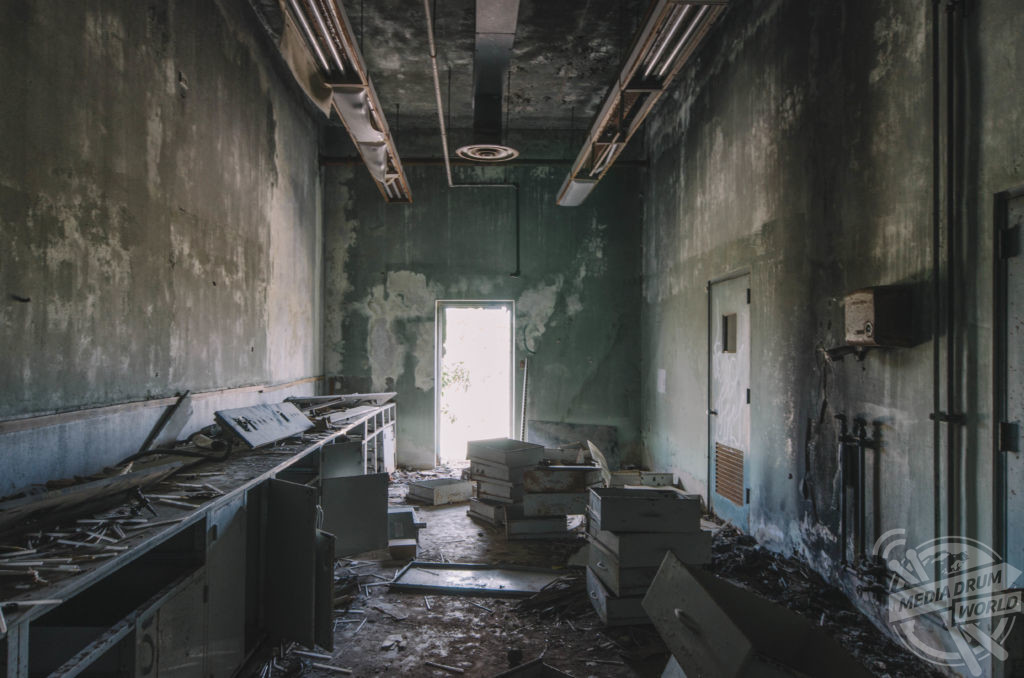
The company sold most of its land holdings to the South Dade Land Corporation for $6 million. After unsuccessfully trying to farm it, the corporation sold it to Florida for $12 million.
“The canal did considerable damage to the Everglades and the state continues to work on reversing the damage caused by it,” added Bullet.
“Parts of the canal have been filled in and rerouted, some buildings have been demolished, and the test silo has been covered up by concrete beams. The rocket motor is still out there, it just can’t be seen any longer.
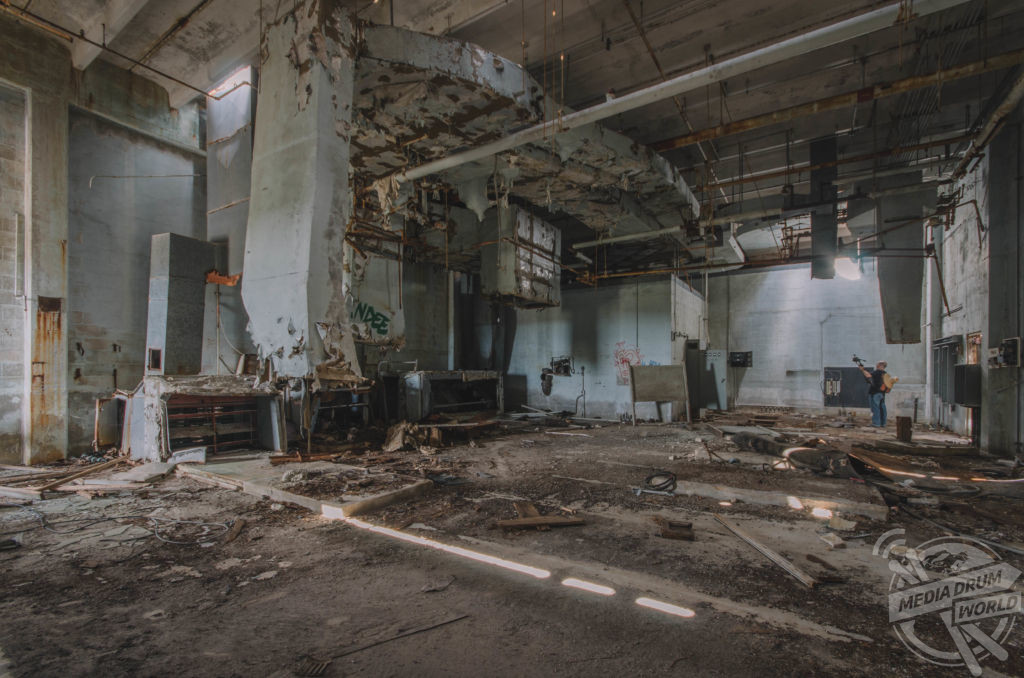
“To get out to the facility, it’s a three-mile walk or bike ride. Park rangers and sheriffs patrolled the road every few hours so if caught out there, there’s no talking your way out of it. Along with the three miles was the threat of heat exhaustion in the blazing Florida sun and wildlife such as alligators.”
For more information see www.abandonedfl.com

